Anagarika Dharmapala: An Immeasurable Act of Dhamma Dana

Dinu Samaratunge
LBYG Member
Anagarika Dharmapala is a revolutionary figure in both Buddhist and Sri Lankan history. He was a prominent contributor to Sri Lanka’s independence against the British rule and revitalised Buddhism in Sri Lanka and across the world. Considered a true national patriot, his contribution to Buddhism is priceless.
Early Life and Revival of Buddhism in Sri Lanka
Anagarika Dharmapala was born on 17 September 1864. Before and at the time of his birth, Ceylon had suffered years of foreign intervention. Ceylon was under the rule of the Portuguese (1505-1658), Dutch (1658-1796) and British (1796-1948).
Hence, Dharmapala was born in a time when Buddhists were subject to discrimination and harassment. Sinhalese children were given Christian names and sent to missionary schools, including Dharmapala who was born as Don David Hewavitharana.
Although he attended Christian schools, Dharmapala’s family was devoutly Buddhist and frequently visited Buddhist temples. He was also influenced by two Buddhist leaders, Venerable Hikkaduwe Sri Sumangala Thera and Migettuwatte Sri Gunananda Thera. The influence of his Buddhist teachings remained strong despite the suppression of Buddhist education by the colonial administration. Dharmapala was disgusted by the violence in the Old Testament and recognised the hypocrisy of Christianity when he witnessed Christians attacking a peaceful Buddhist procession in 1883, at just nineteen years old. This prompted him to leave his Christian education and study independently.
In 1884, Dharmapala became a member of the Theosophical Society founded by Colonel Henry Steel Olcott and Madame Blavatsky. Dharmapala helped Olcott open over 300 Buddhist schools throughout Sri Lanka and revitalize Buddhism through Dhamma teachings and introduction of the Buddhist flag. During this time, he changed his name to Anagarika Dharmapala. Dharmapala means “Guardian of the Dhamma” and Anagarika means “one who has no home”, which indicated his dedication to following Buddhism and he took the eight precepts for life.
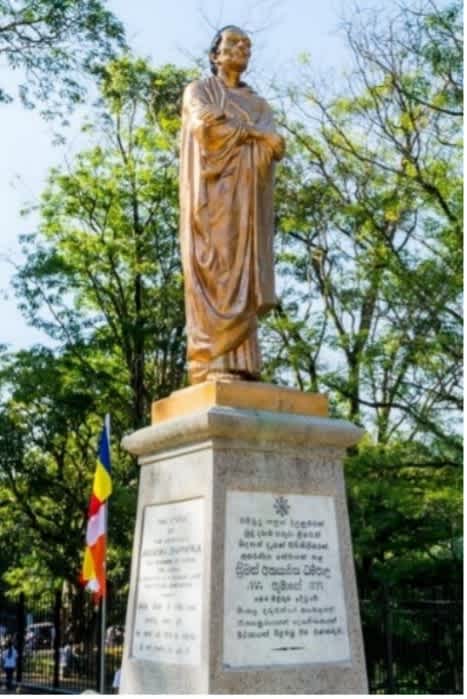
Maha Bodhi Society of India and Restoration of Sacred Buddhist Sites in India
On January 22, 1891, Dharmapala visited the Mahabodhi Temple, where Gautama Buddha attained enlightenment. He found it in the dilapidated state under the control of a Saivite priest. The Buddha image had been made into a Hindu icon and Buddhists were barred from worship.
To protect the sacred Buddhist places of worship, Dharmapala founded the Maha Bodhi Society on 31st May 1891 in Ceylon and raised funds for the restoration of these sites.
Dharmapala brought legal action against the Hindu priests who had control of the Bodh Gaya Temple. After many years, there was partial restoration of management to the Maha Bodhi Society in 1949. Today the Bihar State government has the responsibility for the protection and management of the Mahabodhi Temple. The Bodh Gaya Temple Act of 1949 states that the management responsibilities must be shared with the Bodh Gaya Temple Management Committee, which consists of four Buddhist and four Hindu representatives.
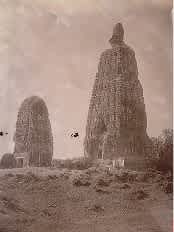
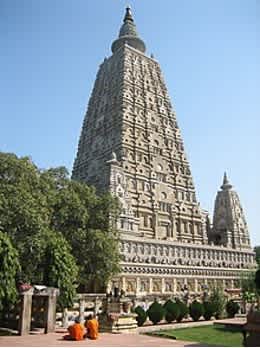
Dharmapala also constructed the Mulagandhakuti Vihara, where the Gautama Buddha delivered his first sermon the Dhammacakkappavattana Sutta and restored the site of the Buddha’s parinibbana (physical death) at Kushinagar.
Dharmapala’s work ensured the religious regeneration of Buddhism in India at a time when it was practically extinct, and protected these sacred sites from being under the control of non-Buddhists. We must ensure that we protect the Buddhist places of worship around the world for generations to come.
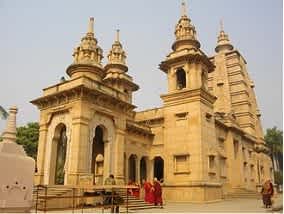
World’s Parliament of Religions
In September 1893, Dharmapala attended the World’s Parliament of Religions that convened to create an understanding of different faiths. He represented the Buddhists of South Asia and gave two talks “The World’s Debt to Buddha” and “Buddhism and Christianity”. At the Parliament, Dharmapala explained the concepts of karma and denied the existence of a creator. He explained the Buddha’s teachings as such:
“Accepting the doctrine of evolution as the only true one, with its corollary, the law of cause and effect, he condemns the idea of a creator and strictly forbids inquiry into it as being useless.”
Dharmapala also conducted the first Three Refuges ceremony and the first Vesak celebration in the USA. Hence, Dharmapala took Buddhism to the global stage.
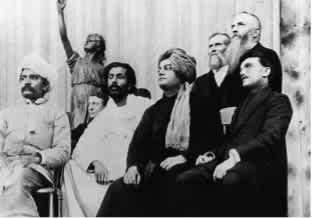
The impact today
On 13 January 1933, Dharmapala was ordained a bhikkhu, with the name Venerable Devamitta Dharmapala Thera and passed away three months later on 29 April 1933.
Anagarika Dharmapala’s final words were:
“Let me die soon. Let me be reborn. I can no longer prolong my agony; I would like to be born again twenty-five times to spread the Buddha Dhamma.”
Even his final thought was to spread the Dhamma to all corners of the world. Therefore, as young Buddhists, we must be grateful for him as the teachings of the Lord Buddha and sacred Buddhist sites may have been lost to us otherwise. It is our duty as the next generation to make sure that the teachings of the Buddha are protected and spread around the world in the form of Dhamma dana.
References
9 June 2021, Colonization of Sri Lanka (Colonization of Sri Lanka - Vikidia, the encyclopedia for children, teenagers, and anyone else)
Daniel Ross Chandler, The Theosophist Vol. 132 No. 8 MAY 2011, Anagarika Dharmapala, https://ts-adyar.org/sites/default/files/pdf/Theosophist/Volumes/VOL.%20132%20NO.%208%20MAY%202011.pdf#page=19
Elinepa, 2021 September 17, Anagarika Dharmapala – A pioneer in the revival of Buddhism in India (https://elinepa.org/anagarika-dharmapala/)
Encyclopedia.com, Anagarika Dharmapala (https://www.encyclopedia.com/religion/encyclopedias-almanacs-transcripts-and-maps/dharmapala-anagarika)
Theosophy Wiki, Anagarika Dharmapala (https://theosophy.wiki/en/Anagarika_Dharmapala)
Victor Jiang, 2017 May 10, Anagarika dharmapala statue in front of Temple of the Sacred Tooth Relic, a Buddhist temple in the city of Kandy, Sri Lanka (https://tinyurl.com/2p92abpr)
Wikipedia, Anagarika Dharmapala (https://en.wikipedia.org/wiki/Anagarika_Dharmapala)
Wikipedia, Mahabodhi Temple (https://en.wikipedia.org/wiki/Mahabodhi_Temple#Control_of_the_site)
"If the mind is clear, whatever you do or say will bring happiness that will follow you like your shadow"
- Dharmapada